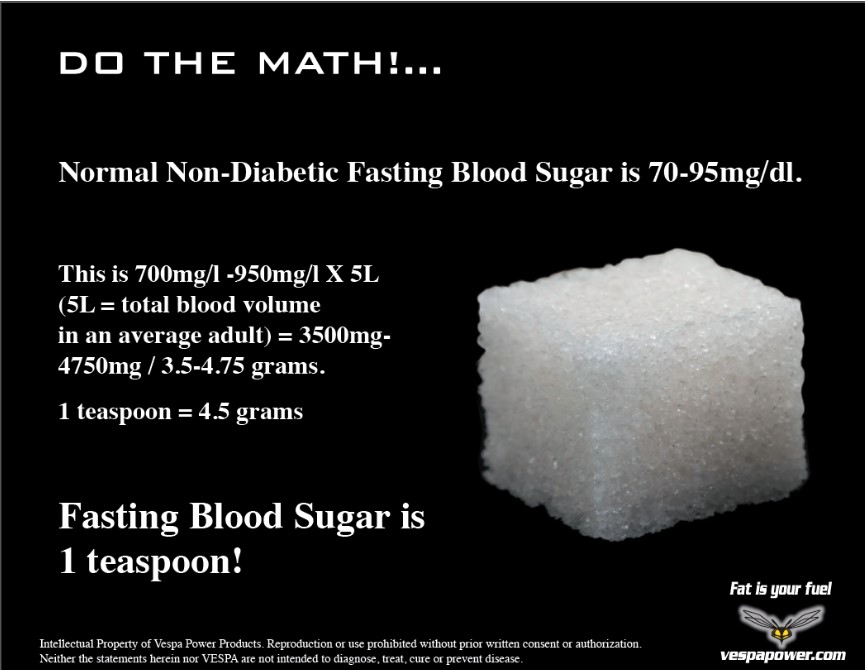It seems we humans have a penchant for the latest trends, and with the introduction of the Continuous Glucose Monitor (CGM), managing blood sugar has quickly become a hot topic. With these devices being marketed widely, everyone wants a piece of this new health trend. There's even an influencer known as 'The Glucose Goddess.' Wearing a CGM has become a status symbol, a mark of the "in-crowd."
Is it crucial to monitor your blood sugar level?
However, while keeping an eye on blood sugar levels is crucial (unless you're a pro cyclist sprinting for a win), the current craze surrounding these devices might be leading us astray. As pilots say, we're "chasing the instruments" instead of flying the plane. Technology, after all, should enhance our experiences, not dictate them. I always say, "Data corroborates the experience; it does not drive it."
In today's vlog, I'm here to unveil the truth about why obsessing over your blood sugar readings is futile, stressful, and ultimately, ineffective. Here’s a simple fact rooted in basic physiology and straightforward math: one teaspoon of sugar.
Blood sugar is meticulously regulated in humans.
Let's break it down: Normal, non-diabetic fasting blood glucose levels range from 70-95 mg/dl, which equates to about 750-900 mg/L. Multiply this by the average human blood volume of 5 liters, and you get 3.5-4.75 grams of circulating glucose. This is roughly equivalent to just one teaspoon of sugar. Imagine, consuming something like a banana or a gel can introduce over six teaspoons of sugar into your system!

Following conventional dietary wisdom makes it nearly impossible to maintain what I call "Blood Sugar Stability." Trying to manage your glucose levels with a CGM can drive you to distraction because, ultimately, your body processes all carbohydrates as sugar.
If you are metabolically fit, don't worry
Metabolically fit individuals have mechanisms to handle this, and can even thrive on carbohydrates, especially when active. Their blood sugar stabilizes, efficiently using that quick 'fight or flight' energy. However, over time, this approach can degrade your metabolic health and cause hormonal shifts, making you increasingly dependent on carbs. This often results in more frequent and significant fluctuations in blood sugar, as shown on your CGM.
Amid all the buzz about glucose and CGMs, another vital truth is often overlooked: there is a more sustainable solution, one that is in tune with our evolutionary needs—optimizing fat metabolism. By focusing on fat as your primary fuel source, you can achieve "Blood Sugar Stability." This will not only make you feel more balanced but also confirm the insights provided by your CGM, enhancing your confidence in your body’s capabilities.
How do I know this? I work with several athletes, including three who are Type 1 diabetics, all of whom are reaping the benefits of stabilizing their blood sugar by focusing on fat for fuel. This is our natural energy source, especially for sustained aerobic activities. Moreover, they have found that using specific nutritional strategies, like Vespa, not only boosts their performance but also maintains their blood sugar stability during demanding training sessions.
So, it's time to shift the focus: stop chasing your blood sugar numbers and start stabilizing them by optimizing your fat metabolism. Our team is ready to guide you with the right products and advice to achieve higher health and peak performance.



